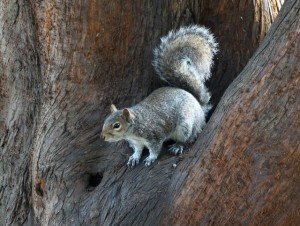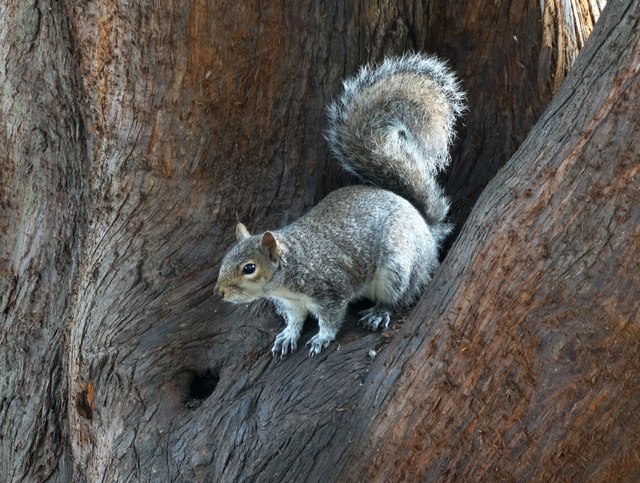
Learn which species are protected and the legal measures you can take to deal with pests that are causing damage to your property in Essex.
Essex is a sizeable county consisting of a large expanse of rural countryside, coastal areas, woodland, as well as many villages and towns. As with many other areas of the UK, it contains a rich variety of wildlife, which is mostly a pleasure to experience. However, unfortunately there are times when this wildlife can come into conflict with our human environment and cause problems with our lifestyle and properties.
Wildlife In Essex
Some of the wildlife that is visible in Essex includes:
- Otters – these creatures were extinct in Essex by 1986 due to agricultural pollution. However, bans on certain chemicals have allowed the re-introduction of otters alongside some of Essex’s rivers. Otters in Essex are at risk when they cross roads at night and get hit by cars. Others unfortunately get caught in crayfish traps and fyke nets.
- Deer – often found in grasslands near woodland, deer have been known to occasionally wander into urban areas in Essex. It is illegal to shoot them unless you have a licence or are authorised to take action against deer that are causing damage.
- Badgers – a species that is at risk due to badger-baiting and people who dig into the badger’s setts and capture the badger in order to fight them against dogs or other animals. Badgers are nocturnal and can visit gardens in search of food. Unfortunately, this can cause lawn and plant damage, but there are safe measures that home owners can use to deter the badgers such as putting up a boundary. It is always vital to seek expert advice before taking action to ensure that you’re not doing anything illegal towards this protected species. Badgers can be seen in their natural habitat in the Hanningfield Reservoir.
Conservation groups such as the Essex Wildlife Trust go to great lengths to protect the wildlife living in 8,200 acres of Essex land, which includes 2 nature parks and 87 nature reserves.
Wildlife Or Vermin?
Sometimes a homeowner may have experienced damage to their property, but is unable to determine the type of creature that has caused the destruction. Equally, they may have seen the animal or even photographed it, but are unable to identify the name of it. In this case, the homeowner must be very careful in attempting any action towards the pest, in case it turns out to be a protected species of wildlife. If in doubt, it is important to seek expert pest control advice from a pest control expert offering pest identification support.
Controlling Actual Pests
There are types of damage-causing pests that a home-owner has an actual responsibility to control, for instance rabbits, which can cause damage to a neighbour’s crops if not dealt with effectively. Methods used to control rabbits include gas, ferreting, shooting, fencing or traps.
Foxes are another pest that may require action. It is possible to capture foxes on your property with the use of traps or snares, but you must check them at least once a day and humanely kill a fox that is captured in one. All other animals that are caught in these devices must be released with the exception of grey squirrels or mink which must also be killed humanely. The Royal Society for the Protection of Animals warn that most people are not capable of humanely killing a squirrel without causing “unnecessary suffering”, and should therefore call in pest control experts to deal with the problem – see the Telegraph article on lawfully killing squirrels.
Before attempting any sort of pest control of your own, it is always worth seeking advice on the measures that you’re legally allowed to take to eradicate the problem. If you act illegally, you could face hefty fines.
Photo of Grey squirrel in Castle Park Colchester, by Neil Theasby, CC licence.




